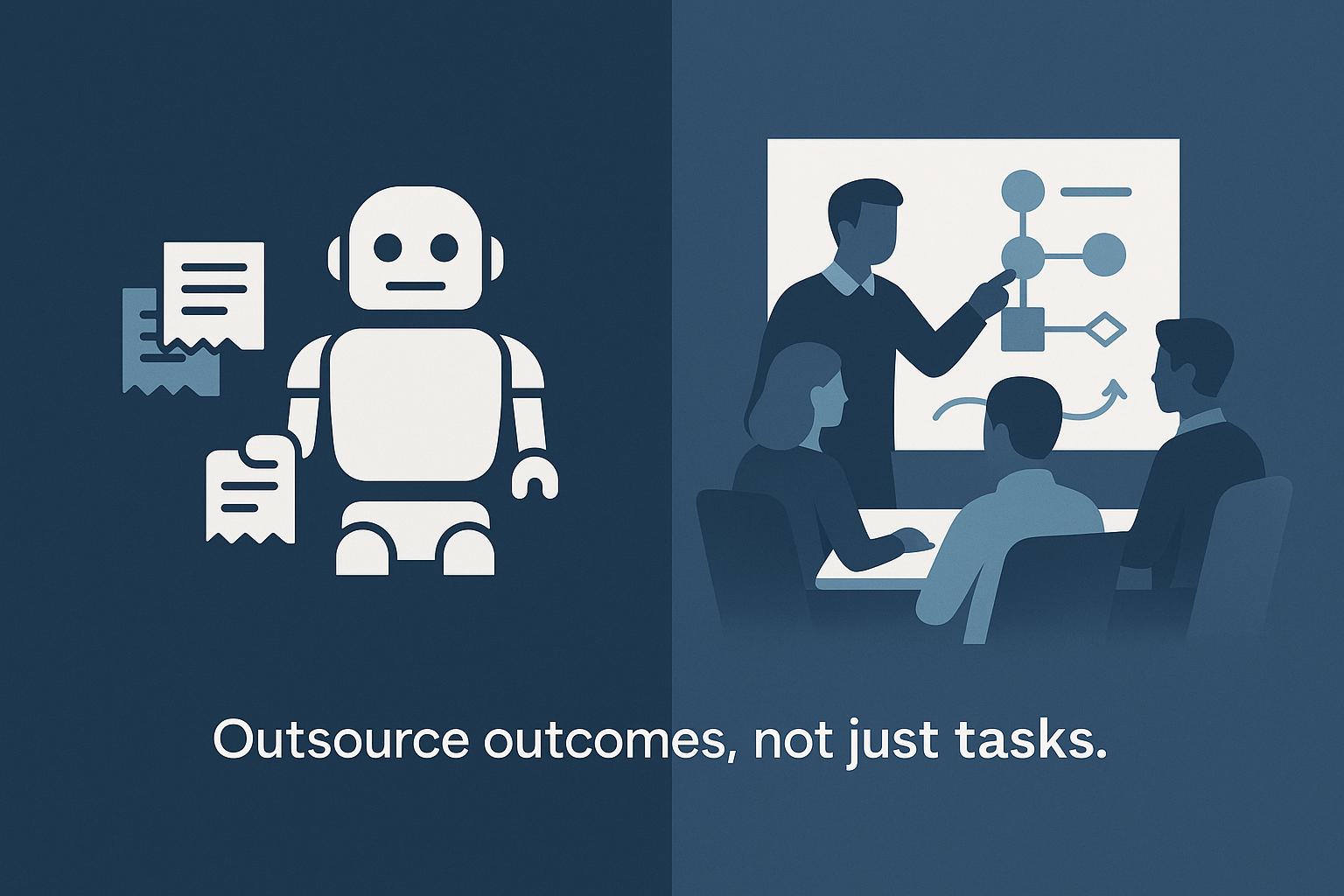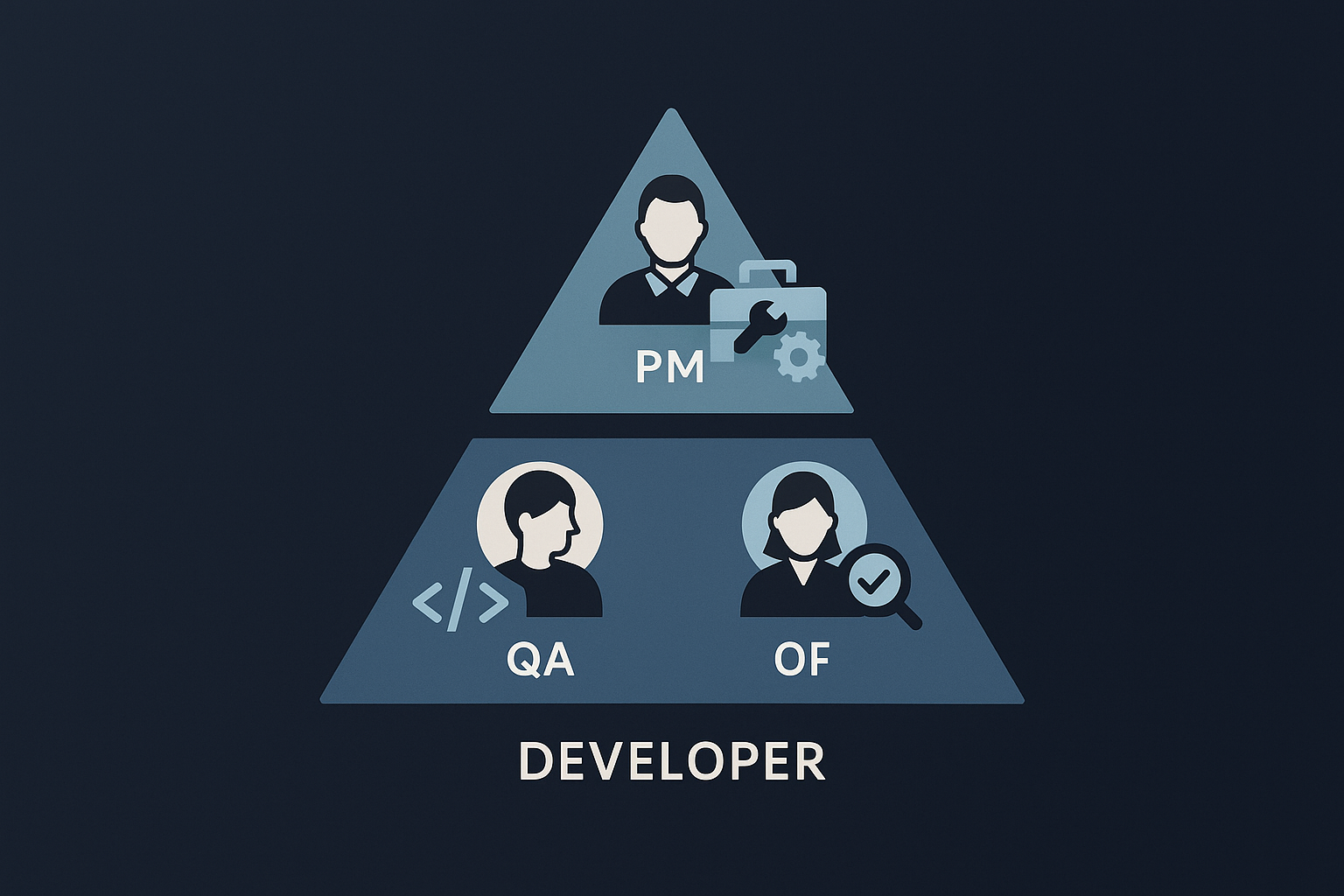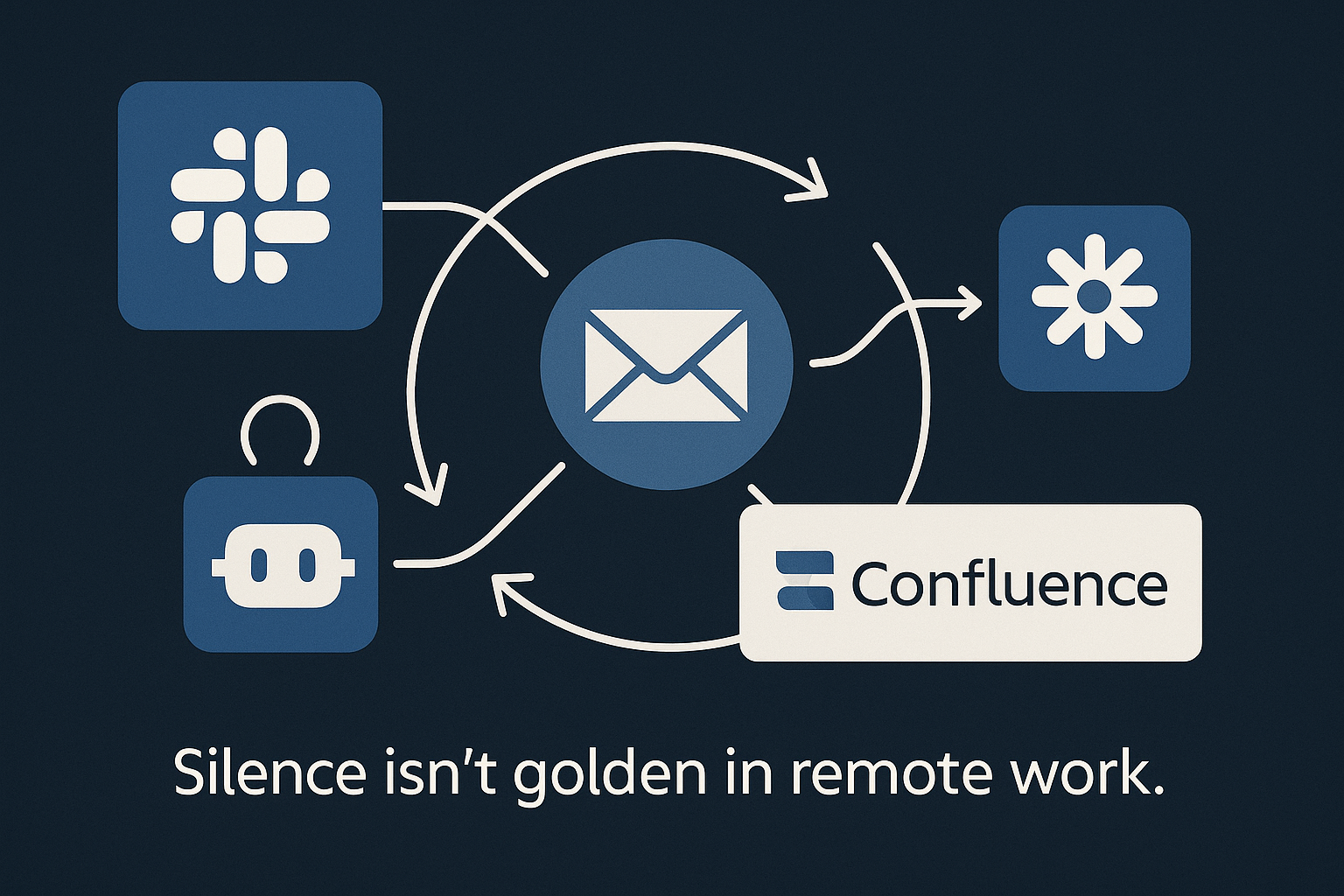How to Build a High-Performing Remote Tech Team (Without Losing Your Mind)
Remote tech teams are no longer a trend—they’re the new normal. But building a remote team that actually works is much harder than just hiring people across time zones. Many startups discover this the hard way: unclear communication, mismatched expectations, missed deadlines, and cultural disconnects.
So how do you build a distributed team that delivers? At White Raven Technologies, we help companies scale remote teams that feel like in-house ones. Here’s how.
1. Don’t Just Outsource Tasks—Build Ownership.

The biggest failure in remote team building? Treating your developers like task robots.
What works: Create ownership. Give remote developers visibility into the product roadmap, invite them to sprint planning, and assign outcomes, not just tickets. WRT builds distributed teams that feel like internal teams.
2. Hire Roles You Don’t Know You Need (Yet).

Most founders focus only on hiring developers. But the hidden accelerators? QA testers and project managers.
Why it matters: Without QA, bugs slip through. Without a PM, deadlines slip. At WRT, we provide PMs and QAs as a service, integrated into your existing team structure.
3. Over-Communicate and Document Everything.

In remote setups, silence isn’t golden—it’s deadly. Miscommunication causes lost time and frustration.
Tips:
- Use async tools like Slack effectively
- Set clear weekly goals and updates
- Create documentation that survives team changes
We help clients implement this from day one, reducing misfires and saving time.
4. Prioritize Cultural Fit and Time Zone Over Price.

Sure, cost matters. But if your team is asleep while you’re burning through a crisis, cheap becomes expensive.
How we handle it: We recruit across multiple continents to ensure overlapping hours and cultural alignment, especially for roles that require tight collaboration.
5. Start Small. Scale Fast.

You don’t need 10 people on day one. Start with the roles that unlock bottlenecks—maybe a senior dev + part-time QA. Then scale from there.
At WRT, we specialize in building lean, focused teams that scale with you.
Building a remote tech team that delivers takes more than good resumes. It takes structure, leadership, and systems. You need people who are aligned with your goals, and partners who know how to lead them.
That’s where we come in. Want to build a remote team that runs like a well-oiled product machine?



